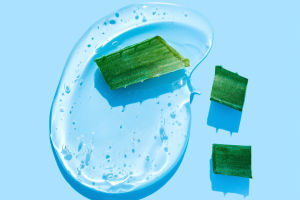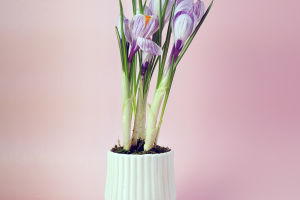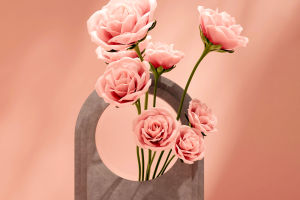Hey Lykkers! Potted plants are a fantastic way to bring a touch of nature indoors or brighten up your outdoor space, especially if you’re short on garden space.
In this guide, we’ll explore the best potted plants for both indoors and outdoors, how to choose the right pots, and some essential care tips to keep your plants thriving.
1. Choosing the Right Potted Plants
The beauty of potted plants is that there’s a wide variety to choose from. You can grow flowering plants, succulents, herbs, or even small trees in pots, depending on your preferences and the space available.
Popular Indoor Potted Plants:
Snake Plant: Known for its sleek, upright leaves and air-purifying properties, the snake plant is perfect for beginners and thrives in low-light conditions.
Peace Lily: This elegant plant with white flowers adds a calming aesthetic and is also great for improving indoor air quality.
Spider Plant: A hardy and easy-to-grow option, spider plants are known for their long, arching leaves and ability to propagate easily.
Aloe Vera: Not only is aloe vera a low-maintenance plant, but it also has medicinal properties, making it a great addition to your home.
Popular Outdoor Potted Plants:
Lavender: This fragrant herb adds color and scent to any outdoor space, thriving in sunny spots.
Geraniums: Bright and cheerful, geraniums are a favorite for pots and provide long-lasting blooms.
Succulents: With their unique shapes and drought-resistant nature, succulents are perfect for pots, especially in dry climates.
Dwarf Fruit Trees: Yes, you can grow fruit in pots! Dwarf varieties of citrus, apple, or fig trees are perfect for small spaces like balconies or patios.
2. Choosing the Right Pot
The pot you choose for your plant is just as important as the plant itself. It affects drainage, root growth, and the overall health of your plant. When selecting a pot, consider the material, size, and drainage features.
What to Consider When Choosing a Pot:
Size: The size of your pot should allow enough room for the plant’s roots to grow. A pot that’s too small will restrict growth, while one that’s too large can lead to waterlogging.
Material: Common pot materials include terracotta, ceramic, plastic, and metal. Terracotta is porous and allows for better airflow to the roots, while plastic retains moisture well.
Drainage: Proper drainage is essential for preventing root rot. Make sure your pot has drainage holes at the bottom, or consider adding a layer of gravel for extra drainage.
3. Potting Mix and Soil
The right potting mix is key to ensuring your plant gets the nutrients and support it needs to thrive. Different plants have different soil requirements, so it’s important to choose the right one for each type of plant.
Types of Potting Mix:
General Potting Mix: Suitable for most indoor plants, it contains a blend of organic matter, peat, and perlite to provide good drainage and aeration.
Cactus and Succulent Mix: This mix has extra drainage materials like sand and perlite to keep succulents and cacti dry.
Orchid Mix: Orchids need a special mix that provides airflow to the roots, typically made with bark, charcoal, and perlite.
Herb Potting Mix: Herbs need soil that drains well but retains enough moisture, often a blend of compost, peat, and perlite.
4. Essential Care Tips for Potted Plants
Once you’ve chosen your plants, pots, and soil, it’s time to take care of your potted plants to keep them healthy and vibrant. Here are some essential tips:
Watering:
Watering needs vary depending on the plant, pot size, and location. Indoor plants generally need less water than outdoor ones.
Check the moisture level of the soil by sticking your finger about an inch into the soil. If it feels dry, it’s time to water.
Be mindful not to overwater, as this can lead to root rot. Always make sure excess water can drain out of the pot.
Light:
Make sure your plants get the right amount of light. Some plants, like succulents, need full sun, while others, like snake plants, can thrive in low-light conditions.
Rotate your plants regularly to ensure even growth and prevent them from leaning toward the light source.
Fertilizing:
Potted plants need regular feeding to replenish the nutrients in their limited soil. Use a balanced liquid fertilizer during the growing season (spring and summer) for most plants.
Be careful not to over-fertilize, as too much can damage the roots.
How to Grow and Care for Potted Plants | GARDEN | Great Home Ideas
Video By Great Home Ideas
Potted plants bring life and color to any space, whether indoors or outdoors. By selecting the right plants, pots, and care routine, you can create a thriving garden that enhances your home’s aesthetic and provides a calming, green environment. With a little attention to their needs, your potted plants will flourish and bring you joy for years to come!


